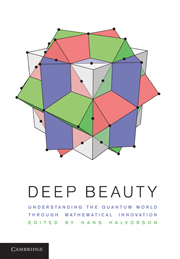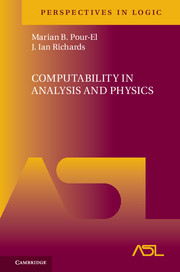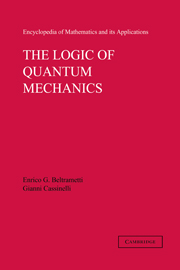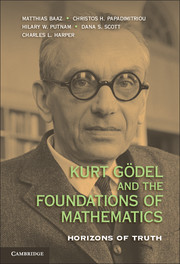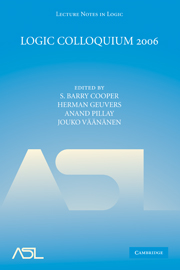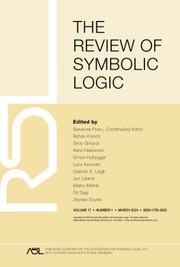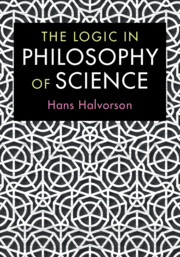Deep Beauty
No scientific theory has caused more puzzlement and confusion than quantum theory. Physics is supposed to help us to understand the world, but quantum theory makes it seem a very strange place. This book is about how mathematical innovation can help us gain deeper insight into the structure of the physical world. Chapters by top researchers in the mathematical foundations of physics explore new ideas, especially novel mathematical concepts at the cutting edge of future physics. These creative developments in mathematics may catalyze the advances that enable us to understand our current physical theories, especially quantum theory. The authors bring diverse perspectives, unified only by the attempt to introduce fresh concepts that will open up new vistas in our understanding of future physics.
- Offers contributions from working physicists/mathematicians who give their views on the foundations of their subject
- Discusses the boundaries of our current understanding of the physical world
- Includes new mathematical ideas that uncover hidden beauty behind physical phenomena
Product details
June 2011Hardback
9781107005709
486 pages
261 × 185 × 28 mm
1.1kg
15 b/w illus.
Available
Table of Contents
- Part I. Beyond the Hilbert Space Formalism: Category Theory:
- 1. A prehistory of n-categorical physics John C. Baez and Aaron Lauda
- 2. A universe of processes and some of its guises Bob Coecke
- 3. Topos methods in the foundations of physics Chris J. Isham
- 4. The physical interpretation of daseinisation Andreas Döring
- 5. Classical and quantum observables Hans F. de Groote
- 6. Bohrification Chris Heunen, Nicolaas P. Landsman and Bas Spitters
- Part II. Beyond the Hilbert Space Formalism: Operator Algebras:
- 7. Yet more ado about nothing: the remarkable relativistic vacuum state Stephen J. Summers
- 8. Einstein meets von Neumann: locality and operational independence in algebraic quantum field theory Miklós Rédei
- Part III. Behind the Hilbert Space Formalism:
- 9. Quantum theory and beyond: is entanglement special? Borivoje Dakić and Časlav Brukner
- 10. Is Von Neumann's 'no hidden variables' proof silly? Jeffrey Bub
- 11. Foliable operational structures for general probabilistic theories Lucien Hardy
- 12. The strong free will theorem John H. Conway and Simon Kochen.

